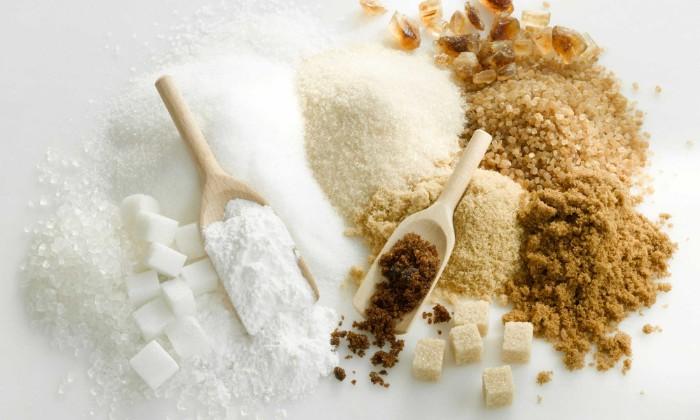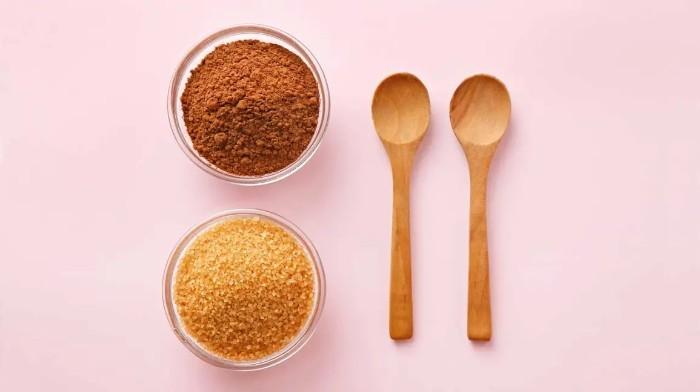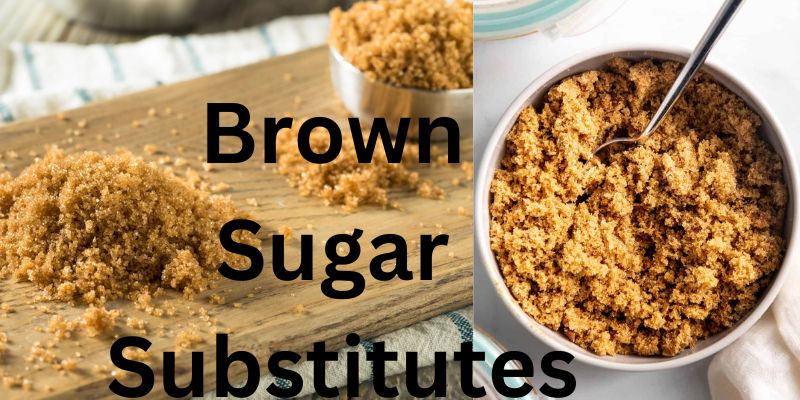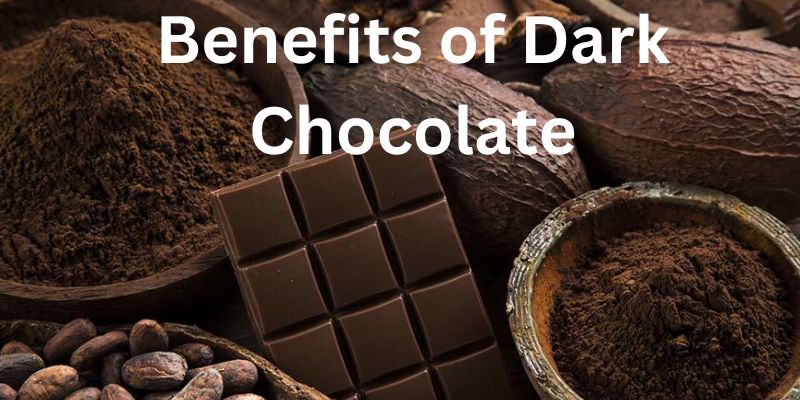Are you looking for an alternative to brown sugar? Then look no further! Brown sugar is a key ingredient in many recipes, but it can be hard to track down or expensive.
Fortunately, plenty of great substitutes for this beloved baking staple will help make your recipes just as delicious without breaking the bank.
In this blog post, we'll explore some of the best alternatives for brown sugar out there so you never have to go without it again.
Understand why you should consider a brown sugar substitute.
Brown sugar is a type of sweetener that is created when molasses are added to white granulated sugar. It has a strong flavor and is often used in baking, giving recipes a richer texture. However, using brown sugar is not always the healthiest option. Since it contains more calories than white sugar and can cause blood glucose levels to spike, it's important to consider using a brown sugar substitute in your recipes.
Brown sugar substitutes are lower in calories and provide more nutritional benefits than traditional white or brown sugars. They can also help support weight loss, help manage diabetes and improve heart health when used as a balanced diet. Furthermore, they are often easily accessible and can be found in your local grocery store.
Introducing the main types of brown sugar substitutes and what they offer

Brown sugar substitutes are typically used to reduce calories or the need for added sugar in recipes. Whether you're baking, looking for healthier alternatives, or want to switch things up a bit, there are many options for brown sugar substitutes.
One of the most popular substitutes is date paste, made from dates that have been soaked and blended. The paste has a natural sweetness similar to brown sugar but with fewer calories and added benefits like fiber and vitamins. You'll want to use about one teaspoon of date paste for every tablespoon of brown sugar the recipe calls for.
Molasses is another common substitute that can be used in place of brown sugar. It has a deep, rich flavor and adds a hint of warmth to baked goods. Molasses is made by boiling down the juice from sugar cane and has more nutrients than regular white or brown sugars. When substituting molasses for brown sugar, you'll want to use about 1/4 cup less molasses for every cup.
Maple syrup is a natural sweetener and can be used in place of brown sugar as well. This popular substitute has a rich flavor and adds moisture to baked goods. When substituting maple syrup for brown sugar, use about three-quarters of a cup for every cup of brown sugar called for in the recipe.
Finally, honey is a great substitute for brown sugar and adds sweetness to recipes without added calories. It has a unique flavor will stand out in finished products like cakes or cookies. When using honey as a substitution, use about two-thirds of a cup for every cup of brown sugar required.
Identifying which brown sugar substitutes are best for baking
 When baking, brown sugar substitutes can be critical in achieving the desired end product. Depending on the type of recipe, some alternatives are better suited than others for imparting the right texture and flavor. Here is an overview of some of the most popular brown sugar substitutes available:
When baking, brown sugar substitutes can be critical in achieving the desired end product. Depending on the type of recipe, some alternatives are better suited than others for imparting the right texture and flavor. Here is an overview of some of the most popular brown sugar substitutes available:
- Turbinado Sugar: Raw sugar is a minimally processed form of cane sugar with a light golden color and subtle molasses flavor. Because it retains some of the natural molasses, it can provide a richer flavor than more refined forms of sugar, such as granulated or powdered.
- Muscovado Sugar: This dark brown sugar is made by crushing and clarifying cane juice that has been boiled down to a thick concentrate. It has an intense molasses flavor because it contains naturally occurring minerals, including iron, potassium, calcium, and magnesium.
- Demerara Sugar: This light golden-colored sugar crystallizes into large flakes with a mild caramel flavor. It is a coarse-grain sugar that has been partially refined, with some natural molasses still intact.
- Honey: This liquid sweetener is made by bees from flower nectar and contains trace amounts of vitamins, minerals, and active enzymes. Honey also provides a mildly floral flavor to recipes, making it an excellent accompaniment for baked goods.
- Maple Syrup: This amber-colored liquid has a distinct flavor that comes from boiling the sap of maple trees. It can be used to replace brown sugar in recipes and can also provide moisture and nutrients to baked goods.
- Agave Nectar: This light golden syrup is derived from blue agaves, small, succulent plants native to Mexico. It has a subtle sweetness with an almost caramel-like flavor and can be used as a healthier alternative to other sweeteners, as it contains fewer calories than sugar.
Using the right brown sugar substitute is essential for successful baking. Be sure to select one that best complements the texture and flavor of your recipe. With these options, you can easily whip up delicious treats that are sure to please.
FAQs
What can I use if I don't have brown sugar?
Brown sugar substitutes are a great way to replace traditional brown sugars in recipes without affecting the dish's overall taste. Several brown sugar substitutes exist, including date sugar, maple syrup, agave nectar, and coconut palm sugar.
Can I use regular sugar instead of brown sugar?
Regular or white sugar can be used as a brown sugar substitute in certain recipes. However, regular sugar tends to lack the molasses flavor that brown sugar brings to many dishes. You may need to adjust the amount of moisture and sweetness when substituting regular sugar for brown sugar.
What sugar is closest to brown sugar?
Date sugar is the closest substitute to brown sugar, as it has a similar texture and flavor profile. Date sugar is made from dehydrated dates, giving it a slightly caramel-like flavor. It also maintains its moist texture when cooked, making it a great choice for baking recipes that call for brown sugar.
Conclusion
So, we have explored the many ways to incorporate brown sugar substitutes into our daily lives and recipes. We have seen that these alternatives offer health benefits and various exciting flavors and textures to our baking. Now it is time to start experimenting with these new ingredients! Try out the different varieties — from coconut sugar to date syrup — and find which fits best with your cooking style.




